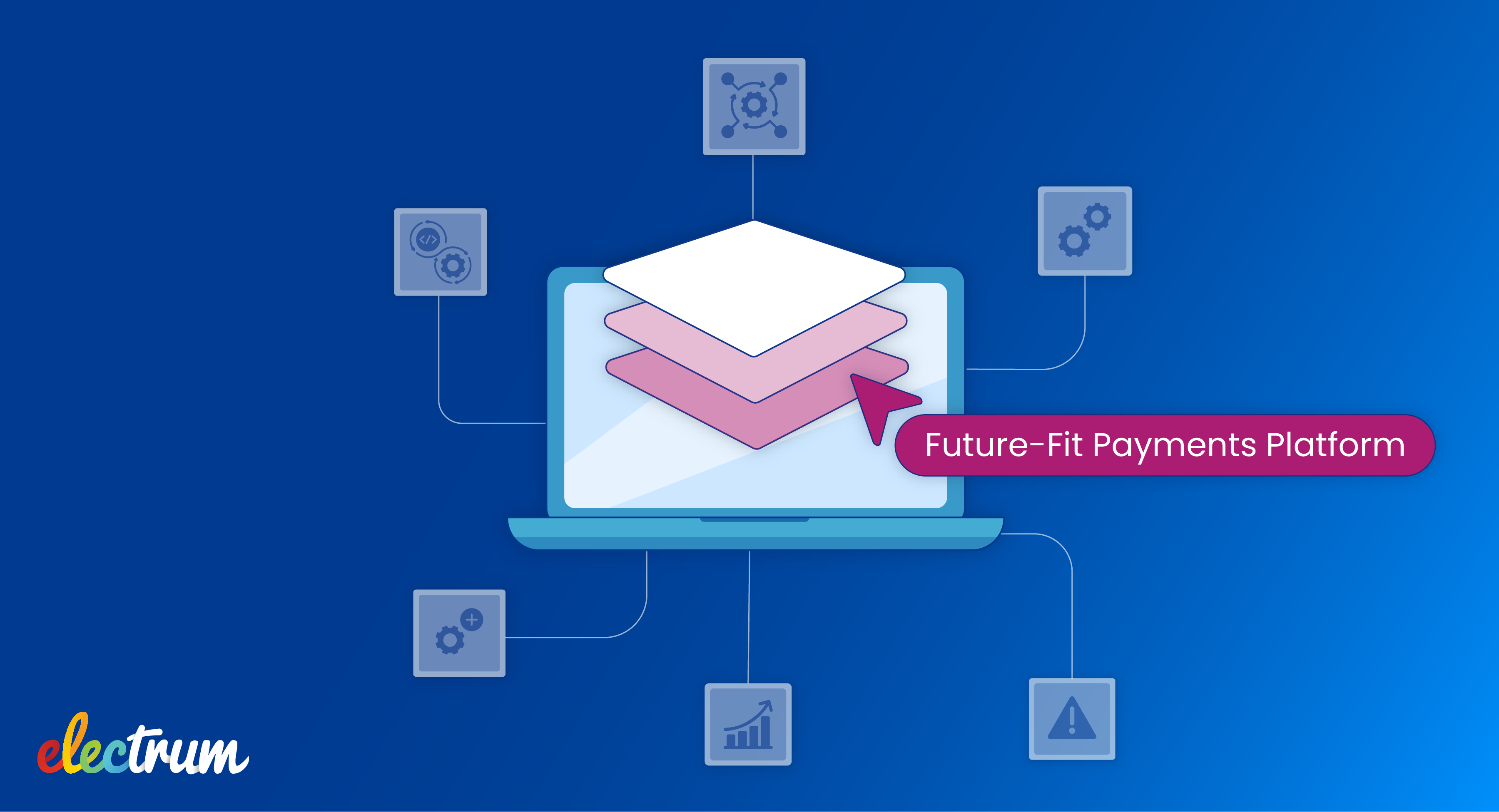
As the industry, along with consumers, is adopting digital and alternative payments, banks are modernising their technology and payment platforms to meet this demand. Now is the time to evaluate where the industry is heading, and to take the opportunity to ensure you have a future-fit payments platform that will be able to accommodate this rapidly-evolving ecosystem.
We have seen the evidence from global trends that indicate we are fast moving towards open platforms for payments and transaction processing. Banks, therefore, need to modernise with an ‘open platform mindset’ that encompasses multiple channels and numerous partners. It is no longer enough to design only for your own channels. This mindset shift will help your business meet the challenge of rising customer expectations when it comes to digital transformation, along with the demands for increased options for making frictionless payments.
Retailers and third-party payments providers (TPPPs) prefer to work with banks whose platforms make onboarding easy, offer interoperability, remove complexity by handling as much of the orchestration as possible, and have good tools to make working together easy. We believe the following focus areas will play an important role in ensuring your payments business meets the needs of retailers and TPPPs while being future-fit too:
Customer channel and checkout experience
A future-fit platform must be designed to easily support all three types of channels: Bank-owned channels, retailer channels, and TPPP channels. Non-bank partners will choose to prioritise banks who make it possible for them to provide a great channel experience. At the end of the day, what the consumer experiences in terms of channel use and checkout are the most important factors. Systems that go offline, slow transaction times, or limited user functionality at the POS could affect customer retention.
Interoperability
With the focus on multiple channels, interoperability between banks, retailers, TPPPs, and service provider systems becomes crucial. Platforms need to be designed to accommodate partner needs, as well as partner onboarding. Stronger collaboration across the payments ecosystem will be essential in order for all parties to be successful.
Interoperability was a key theme at the Money20/20 Europe Conference in June – read about it here.
Ability to incorporate existing systems
It is possible to modernise in a way that retains existing systems that work by adding a modern layer in front of them – mitigating the risk of system replacement. Downtime due to system migration or updating can not be a factor as customers expect an always-on offering. Your technology and service providers will need to be able to cater to this, and choosing the right technology will help to ensure that legacy systems can be seamlessly accommodated.
Orchestration
With the potential for increasing partners and transaction flows, complex orchestration capabilities will smoothly manage transactions from many different channels to many different service providers or aggregators. This ensures your system can easily handle high loads, route transactions when certain providers are offline, perform failovers, and makes reversal processing easy.
Scalability
When meeting the challenge of offering multiple and emerging channels, the scalability and agility of your platform becomes a key point. Building while keeping this in mind ensures that your speed to market isn’t jeopardised when adding new channels or services as your business grows. The other aspect of scalability is ensuring that your platform can handle future growth in transaction volumes so that you can continue to maintain your standard of customer experience.
Tooling
As you include more partner channels in your platform, everything gets more complex. Tooling not only affects the speed to market when launching new products and services, but also impacts the effectiveness of troubleshooting or addressing problems. The correct tools will make partner onboarding more efficient, automate reconciliation and settlement between multiple service providers more efficient; provide valuable system monitoring capabilities with views into failed transactions; and allow for fast and effective troubleshooting.
The industry-wide adoption of the RPP is around the corner. In many ways, this drives the concept of banks modernising with an open platform mindset, with this programme being the epitome of open payments. The changes, however, won’t end here – you can leapfrog the competition and gain an advantage with the coming innovations by ensuring you have a future-fit solution.
Electrum can help you offer a future-fit solution, with reliable, scalable, interoperable technology. We would love to chat to you more about modernising your payments platform – pop us an email to start the conversation.

Helen Whelan
Helen Whelan is a Senior Content Writer at Electrum. With a BSc (Hons) from Rhodes University, she enjoys the combination of creativity and technical topics that content creation at Electrum involves. Cats and coffee fuel her day.
Electrum Newsletter
Quarterly insights and news to help you keep up with the latest changes in the payments landscape







